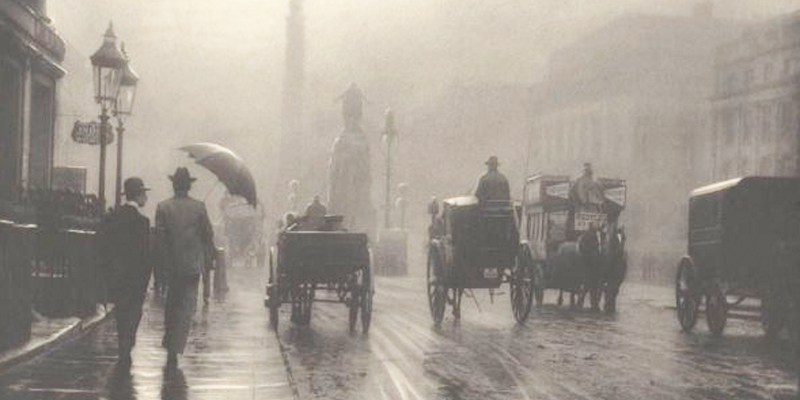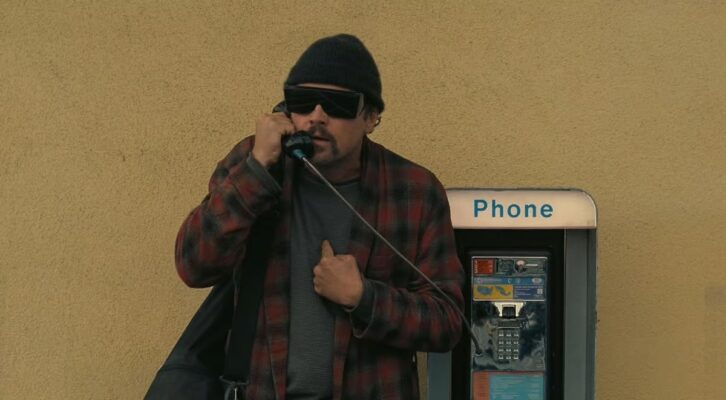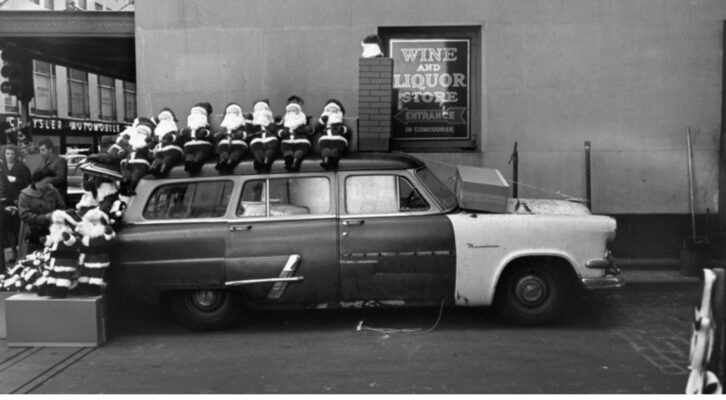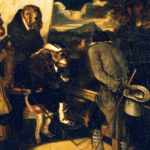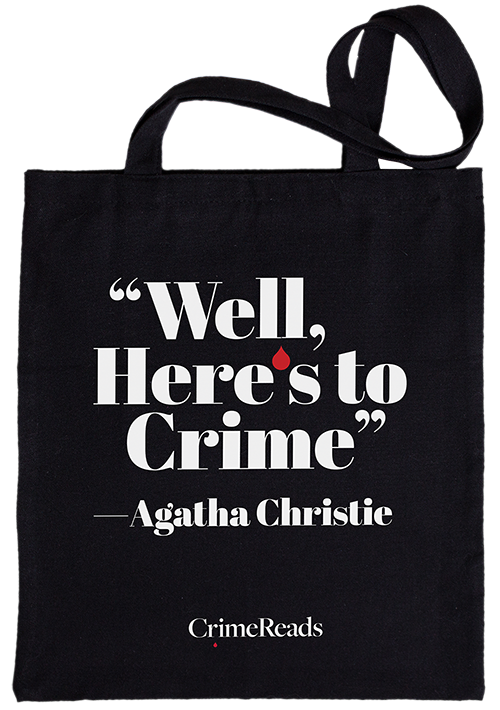When the eighteen-year-old Victoria took the English crown in 1837, surely no one, including the young monarch herself, could have predicted the incredible changes her reign would oversee.
Only eight years prior to Victoria’s notable ascension, another governing body was formed. Scotland Yard, named for the palace that once stood on the grounds where visiting Scottish monarchs stayed, the precursor to today’s modern London Metropolitan Police Department, was created as a means to prevent crimes from happening. The rise of this new police force coagulated and took the place of a variety of other smaller units responsible for dealing with crime and miscreants, solidifying them into one body with Parliamentary support behind them.
In Victorian England, there was a great discrepancy between the wealthy and the poor. Social issues ran rampant, and with great disparity, overcrowding, dirty conditions, and the rapid incline of industrialization, the society as a whole underwent significant change. So did crime, and those responsible for catching those criminals.
At the beginning of Victoria’s reign, there was a general assumption that the criminal class were those of the lower working class—those irresponsible, those unwilling or too lazy to do a day’s hard work. The horrendous working conditions, lack of available jobs, extreme poverty and dirty conditions of London’s slums were conveniently ignored—or perhaps completely misunderstood.
In 1842, Scotland Yard produced its first plainclothes detectives—much to the moral outcry of the general public against these spies in their midst! However, these officers in plain sight soon proved their worth, and this new mode of protection was added as a regular service of Scotland Yard by 1878.
Due in part to the Industrial Revolution that swept Victorian Britain into its full embrace, the radical shifting of classes, the influx of citizens looking for work, for an escape from living in crushing poverty, the workhouse, or even the open streets, parts of London were overrun. With a lack of resources and ability to obtain said resources, petty crime was not uncommon in certain areas of the metropolis.
It is estimated that petty crimes—minor theft, pick pocketing, and the like, accounted for as much as 75% of the crimes reported during the Victorian period at large. However, there were the violent crimes. Many of which likely took place behind closed doors. Domestic violence was rarely reported, as was the crime of infanticide, and even murders, if they happened in the right areas of town, were never reported.
As Scotland Yard became a larger, organized force, they made consistent innovations in the work of policing. Scientific and forensic attempts made elsewhere were taken, used, and refined. The study of ballistics, of using blood hounds to track and identify evidence (and criminals!), blood spatter and blood stain analysis, as well as toxicology. The modern Victorian home was a quagmire of poison waiting for its next victim, from the arsenic used in fashionable wallpaper and clothing to the white lead powder contained in cosmetics, and police had to discern accidental poisoning from intentional poisoning. This led to advances in understanding poisons and toxins.
The rise of the detective novel also came to prominence in Victorian Britain, giving credibility and appreciation to their real-life counterparts. Stories by Edgar Allan Poe like “The Murders in the Rue Morgue,” and one of the world’s most beloved detectives, none other than Sherlock Holmes, were created in the mid-Victorian era, and a fascination with the crimes and the criminal took root. The media, too, recognized this fascination with the macabre (the more scandalous the details, the more papers would sell!).
While many Victorian crimes were trivial, there were also the crimes that were decidedly anything but trivial. And of those violent crimes, there were those the media sensationalized, the most famous of which was Jack the Ripper, a case still unsolved to this day.
It was up to Scotland Yard to investigate the Ripper’s grisly murders and to keep the public safe from the raving madman. They had their work cut out for them.
After John Davis found the body of Annie Chapman, he and two workmen raced to find a constable to help. One of the workman, Henry Holland, found an officer, gasped out the grisly tale to which the officer responded that it was against Scotland Yard’s procedure from him to leave his post. And this was the case! Meanwhile, Davis had gone directly to the Commercial Street Police Station.
Inspector Joseph Chandler was the first police officer on the scene. Initially thought to be gang activity, the police spent a good deal of time querying in the local neighborhoods regarding any pertinent sort of activity. Arrests were made, and it was hoped that some would turn Queen’s evidence, confess, and be pardoned. Alas, it was not to be.
As more horrific murders ensued, Scotland Yard repurposed some of its officers as well. In 1888, Inspector Frederick George Abberline—a man with fourteen years of experience patrolling the Whitechapel area—was called back and put on the case. It was believed his familiarity with the area and the local criminals would be the break the Ripper case needed.
One of the best used methods for catching a criminal in the later Victorian period (and even still today) was to question the victim’s circle of acquaintances in hopes of finding a connection. However, Jack the Ripper’s victims were crimes of opportunity. There were very few connections to be drawn aside from proximity to Whitechapel and that the women brutalized were prostitutes.
With this line of questioning obsolete, Scotland Yard needed other methods to investigate. There was a remarkable lack of trust—even heavy distrust—of the local media. The police did not make use of the press, and one wonders if things might have turned out differently, or if lives could have been saved, if the press had been used in a manner other than to sensationalize and scandalize the general public with the string of nightmarish murders. However, Scotland Yard had good reason for keeping their information close. Previous encounters with the press had tipped off criminals, and set off wide-scale panics.
Sketch artists were not widely used in the late 1880’s in Victorian Britian either, though they would be standard procedure for any eyewitnesses today in hopes of securing a likeness of the perpetrator. Then, it simply wasn’t a regular part of investigations.
However, the Ripper cases showed Scotland Yard employing new and advanced techniques that furthered their ability to prevent, and fight crime. New attempts at criminal profiling were undertaken during the Ripper murders. These profiles that attempted to discern attributes about the Whitechapel killer were the precursor to the criminal profile. Doctors were called in to look at the autopsies of the murdered women—to extrapolate any details they could from their corpses that might provide clues about the killer himself.
While the case of Jack the Ripper was never officially solved, as with many horrendous atrocities, it brought about innovation in the methods of policing and criminal detection. Scotland Yard continued its history of improvement, and by the close of the Victorian period, they were regularly using fingerprints, and Scotland Yard’s Edward Henry developed a system for sorting collected fingerprints that was used up until the 1990’s.
Many modern accomplishments of crime patrolling and protection can be laid at the doorstep of Scotland Yard. While the Victorian forefathers certainly had their work cut out for them, they rose to the occasion, changing the world of policing forever.
***
Sources:
https://www.britannica.com/topic/Scotland-Yard
https://www.bbc.co.uk/history/british/victorians/crime_01.shtml
https://www.history.org.uk/primary/resource/3871/victorian-britain-a-brief-history
https://www.walks.com/blog/crime-victorian-london/
https://www.jack-the-ripper.org/murder-of-annie-chapman.htm

